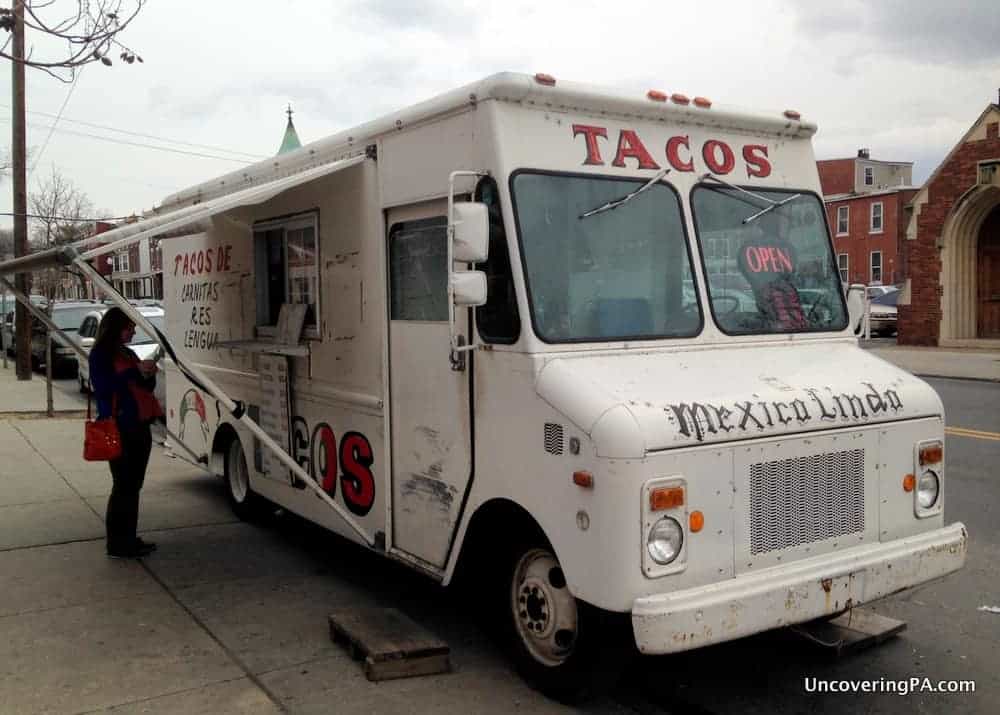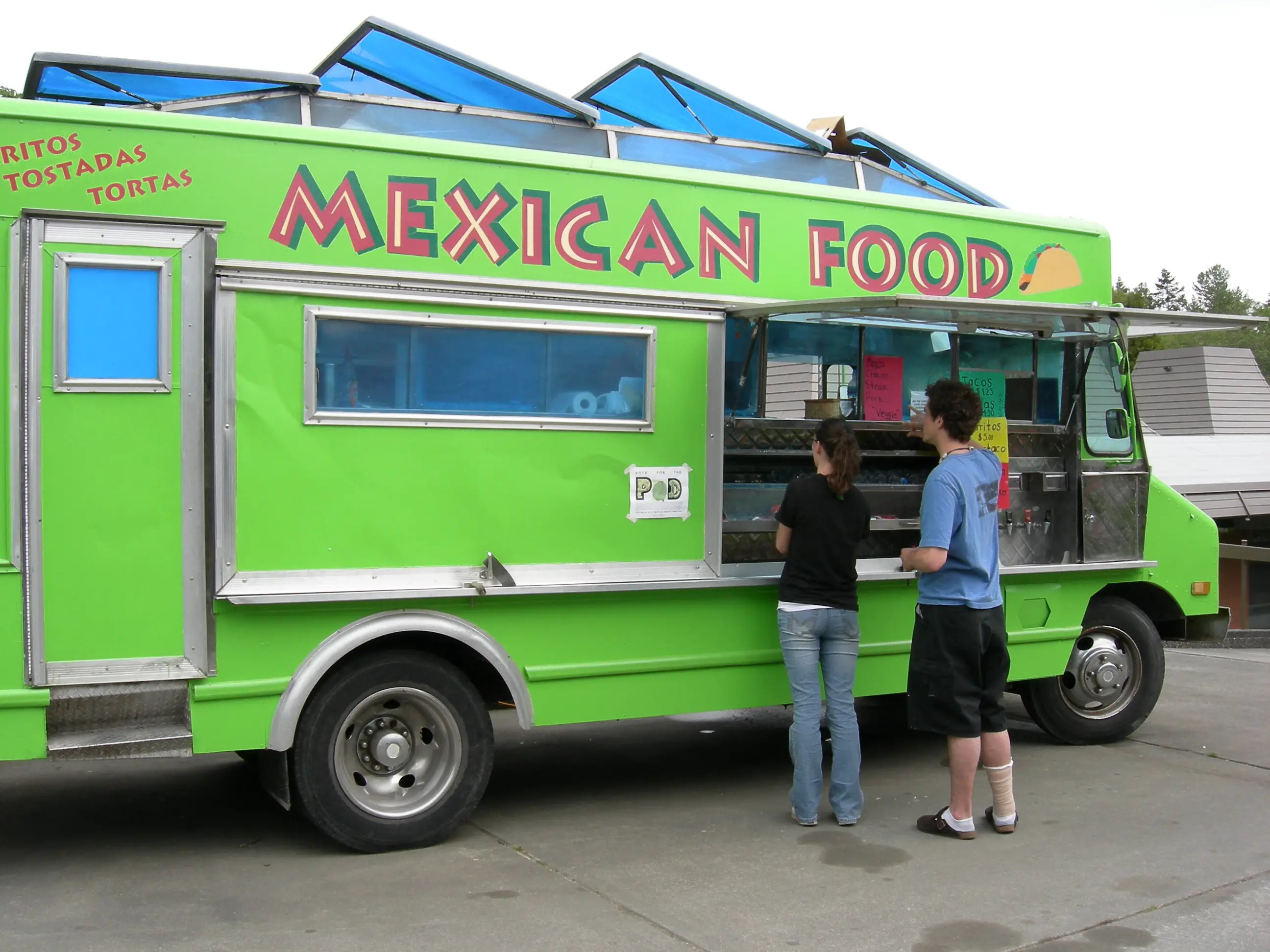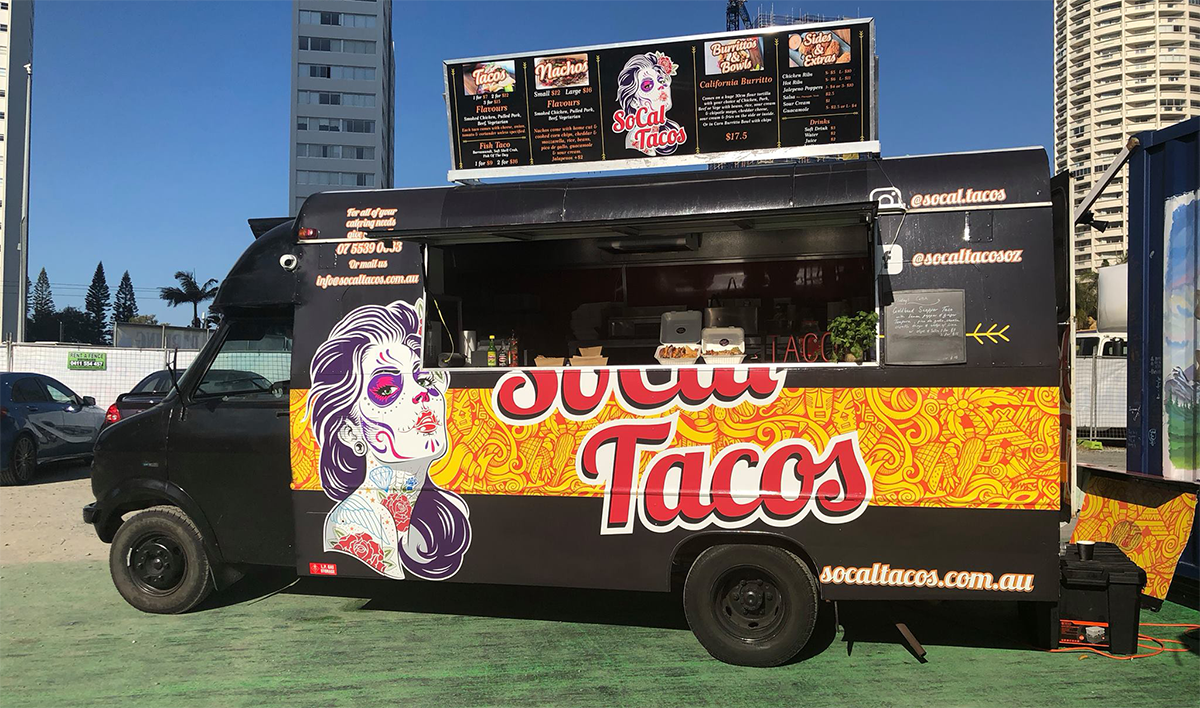Mexican food trucks have taken the culinary world by storm, captivating taste buds and fostering a vibrant street food culture. From bustling city streets to quaint neighborhood corners, these mobile kitchens are dishing up authentic flavors and innovative creations that are delighting food enthusiasts everywhere.
Their popularity has soared, thanks to a fusion of delectable cuisine, social media buzz, and the convenience they offer. Join us as we delve into the fascinating world of Mexican food trucks, exploring their culinary delights, operational challenges, and the cultural impact they have made.
Mexican Food Truck Cuisine
Mexican food trucks offer a delectable array of authentic dishes, showcasing the vibrant flavors and culinary traditions of Mexico. These mobile eateries have become ubiquitous in cities and towns across the globe, tantalizing taste buds with their mouthwatering creations.
Fresh ingredients form the cornerstone of Mexican food truck cuisine. Vendors source locally grown produce, meats, and cheeses to ensure the highest quality and freshness. Traditional recipes, passed down through generations, guide the preparation of each dish, resulting in authentic and flavorful culinary experiences.
Popular Dishes
The menus of Mexican food trucks typically feature a diverse selection of dishes, each with its unique characteristics:
- Tacos: A staple of Mexican cuisine, tacos are corn or wheat tortillas filled with a variety of ingredients, including grilled meats, seafood, vegetables, and cheeses.
- Burritos: Large flour tortillas stuffed with rice, beans, meats, and vegetables, often topped with cheese, sour cream, and salsa.
- Quesadillas: Grilled tortillas filled with melted cheese, often accompanied by other ingredients such as meats, vegetables, or beans.
- Tortas: Mexican sandwiches made with a bolillo roll, filled with various meats, cheeses, and vegetables.
- Tamales: Cornmeal dough filled with meats, vegetables, or cheeses, wrapped in corn husks and steamed.
These dishes showcase the vibrant flavors of Mexican cuisine, with a blend of spicy, tangy, and earthy notes. Lime, cilantro, and onions are commonly used as garnishes, adding freshness and acidity to balance the richness of the dishes.
Regional Variations
Mexican food truck cuisine exhibits regional variations, reflecting the diverse culinary traditions of different parts of Mexico:
- Northern Mexico: Known for its grilled meats, such as carne asada and barbacoa, as well as flour tortillas and dishes like machaca.
- Central Mexico: Home to the iconic mole poblano sauce, tamales, and a variety of street food snacks.
- Southern Mexico: Characterized by its use of fresh seafood, corn-based dishes, and flavorful sauces.
These regional variations add to the richness and diversity of Mexican food truck cuisine, offering a culinary journey that spans the diverse culinary landscapes of Mexico.
Mexican Food Truck Operations: Mexican Food Trucks

Operating a Mexican food truck requires careful planning and efficient execution. Owners must navigate various challenges while adhering to regulations and maintaining customer satisfaction.
Location and Customer Service
Selecting the right location is crucial for visibility and foot traffic. Trucks often operate in areas with high pedestrian activity or near popular destinations. Excellent customer service is equally important. Friendly staff, efficient order-taking, and quick service contribute to positive experiences and repeat business.
Food Safety Regulations
Food trucks must adhere to strict food safety regulations. This includes maintaining proper food handling practices, using fresh ingredients, and meeting hygiene standards. Health inspections are conducted regularly to ensure compliance and protect public health.
Daily Routines and Logistics
The daily routine of a food truck owner involves various tasks. These include setting up the truck, preparing and cooking food, serving customers, and cleaning the truck. Owners must also manage inventory, restock supplies, and maintain equipment. The logistics of operating a food truck can be challenging, especially during peak hours or in inclement weather.
Mexican Food Truck Culture

Mexican food trucks have become an integral part of the cultural landscape in many cities across the globe. They not only provide delicious and affordable food but also serve as gathering places for communities and play a crucial role in promoting Mexican cuisine and traditions.
Community Involvement
Food trucks often participate in community events and festivals, bringing people together to celebrate Mexican culture. They offer a taste of traditional dishes and contribute to the festive atmosphere. Food trucks also provide employment opportunities for local residents and support small businesses.
Promoting Mexican Cuisine
Food trucks have been instrumental in introducing Mexican cuisine to new audiences. They offer a wide variety of dishes, from tacos and burritos to tortas and tamales, showcasing the richness and diversity of Mexican flavors. By making Mexican food accessible and affordable, food trucks have helped to increase its popularity and appreciation.
Examples of Community Events, Mexican food trucks
- Cinco de Mayo Festivals:Food trucks are a staple at Cinco de Mayo celebrations, serving authentic Mexican dishes and contributing to the festive atmosphere.
- Dia de los Muertos Celebrations:Food trucks participate in Dia de los Muertos events, offering traditional treats like pan de muerto and sugar skulls.
- Community Gatherings:Food trucks often set up in parks and public spaces, providing a casual and inviting setting for community gatherings.
Mexican Food Truck Design and Branding
Mexican food trucks have carved a niche in the culinary landscape with their vibrant designs and memorable branding strategies. These mobile kitchens showcase a unique fusion of Mexican heritage and contemporary street art, creating eye-catching vehicles that draw customers from afar.
Color and Graphics
Vibrant colors are the hallmark of Mexican food truck design. Bold reds, oranges, and yellows evoke the warmth and energy of Mexican culture. Intricate graphics, often inspired by traditional Mexican motifs, adorn the sides of the trucks, creating a visually stunning display.
These graphics depict everything from whimsical characters to vibrant scenes of Mexican life, captivating the attention of passersby.
Logos and Identity
Mexican food trucks understand the importance of a strong brand identity. Their logos are often designed to be instantly recognizable, featuring memorable fonts, symbols, and imagery that reflect the truck’s unique personality. These logos become synonymous with the truck’s cuisine, creating a lasting impression on customers.
Innovative Designs
Mexican food trucks have pushed the boundaries of design innovation, creating mobile kitchens that are both functional and visually appealing. Some trucks feature retractable awnings that extend the serving space, while others incorporate seating areas for customers to enjoy their meals on the go.
These innovative designs not only enhance the customer experience but also showcase the ingenuity of Mexican food truck owners.
Examples of Successful Designs
- “El Rey del Taco”:This food truck in Los Angeles features a vibrant orange and yellow design with bold lettering and a playful illustration of a taco-wearing king.
- “Taqueria Los Gemelos”:This food truck in Chicago boasts a colorful mural depicting the bustling streets of Mexico City, creating an authentic and inviting atmosphere.
- “Tortas El Güero”:This food truck in Austin features a sleek and modern design with a bold black and white logo and a unique retractable awning that extends the serving area.
Mexican Food Truck Marketing and Promotion

Marketing and promotion are crucial for the success of Mexican food trucks. To reach their target audience, they employ a diverse range of channels.
Social Media
Social media platforms, such as Facebook, Instagram, and Twitter, have become indispensable for Mexican food trucks. They use these platforms to connect with potential customers, share updates on their menu, and run contests and promotions.
Online Advertising
Online advertising allows Mexican food trucks to target specific audiences based on demographics, interests, and location. They use platforms like Google AdWords and Facebook Ads to reach people who are searching for Mexican food or are located near their truck’s usual spots.
Community Partnerships
Partnering with local businesses and organizations can help Mexican food trucks gain visibility and attract new customers. They may collaborate with local markets, festivals, or schools to offer their food at special events.
Tips for Successful Marketing Campaigns
- Define your target audience:Identify the specific group of people you want to reach with your marketing efforts.
- Create a consistent brand:Develop a recognizable logo, branding, and messaging that will help customers remember and identify your food truck.
- Use high-quality photos and videos:Visual content is essential for capturing the attention of potential customers and showcasing your food.
- Engage with your audience:Respond to comments and messages on social media, and encourage customer feedback to build relationships.
- Track your results:Use analytics to measure the effectiveness of your marketing campaigns and make adjustments as needed.
FAQ Corner
What are the most popular menu items found on Mexican food trucks?
Tacos, burritos, quesadillas, tortas, and tamales are among the most sought-after dishes.
How do Mexican food trucks maintain food safety standards?
They adhere to strict regulations, including regular inspections, proper food handling practices, and temperature controls.
What is the significance of branding in the success of Mexican food trucks?
A strong brand identity, including a catchy name, logo, and visual aesthetic, helps them stand out and build a loyal customer base.
